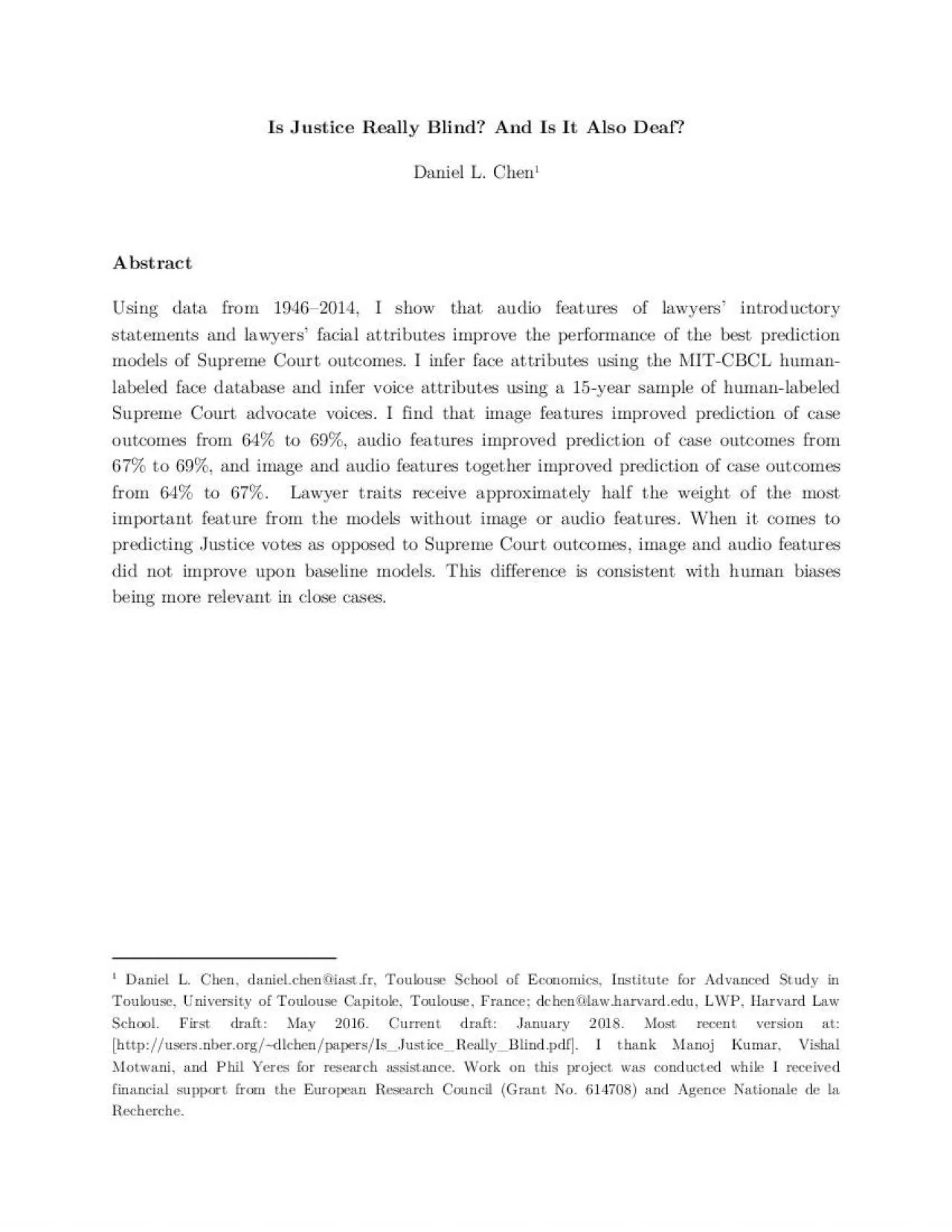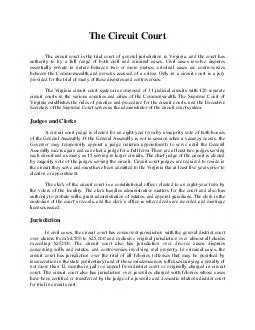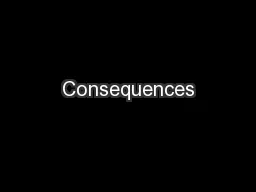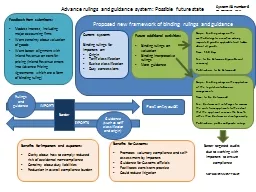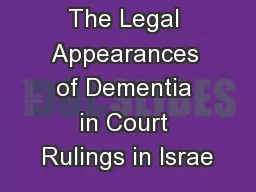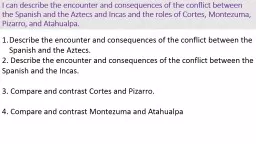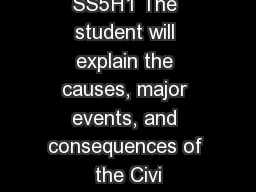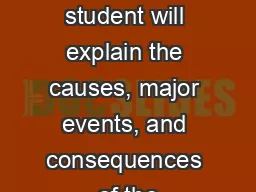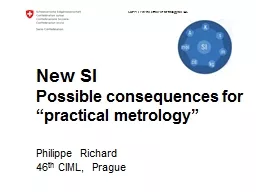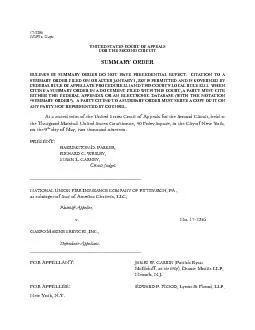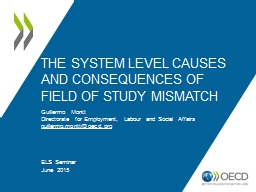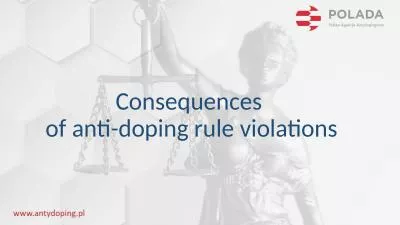PDF-Understanding the causes and consequences of major court rulings has l
Author : skylar | Published Date : 2021-10-11
which codes for three possible outcomes Katz et als model uses a large number of judge and case characteristic features as well as court trend and lower court trend
Presentation Embed Code
Download Presentation
Download Presentation The PPT/PDF document "Understanding the causes and consequence..." is the property of its rightful owner. Permission is granted to download and print the materials on this website for personal, non-commercial use only, and to display it on your personal computer provided you do not modify the materials and that you retain all copyright notices contained in the materials. By downloading content from our website, you accept the terms of this agreement.
Understanding the causes and consequences of major court rulings has l: Transcript
Download Rules Of Document
"Understanding the causes and consequences of major court rulings has l"The content belongs to its owner. You may download and print it for personal use, without modification, and keep all copyright notices. By downloading, you agree to these terms.
Related Documents

